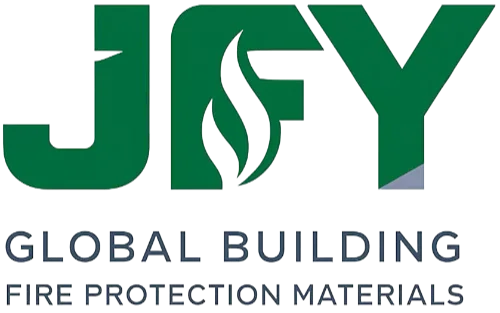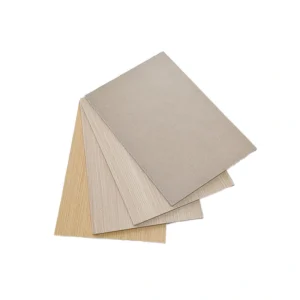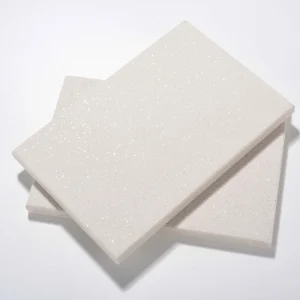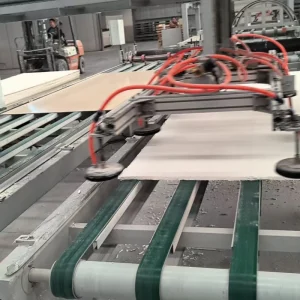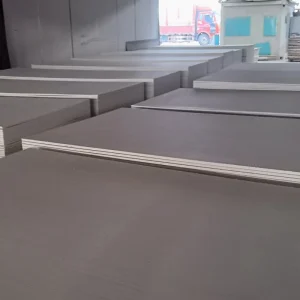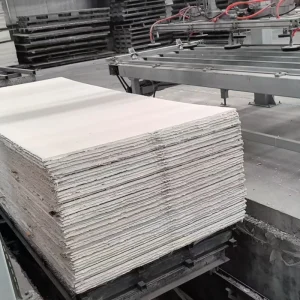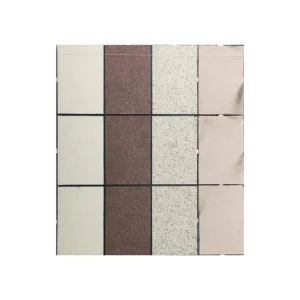Fire-resistant flues are a recent market trend. Made of glass-magnesium fireproof boards, they meet the mandatory requirement of Article 9.4.3 in the Code for Fire Protection Design of Residential Buildings (GB50016-2006) — which specifies that exhaust ducts must have a fire resistance rating of at least 1.00h.
Among various molding processes, a unique one integrating “geometric physics” has been patented by several domestic smoke exhaust duct manufacturers and companies, gaining legal protection. As a result, most manufacturers promote such products in their respective regions, often criticizing each other and exposing mutual shortcomings.
Jiangxi Province was the first in China to formulate and implement standards for “Combined Fire-Resistant Exhaust Ducts” in 2009. The product received significant attention during promotion, but was recently halted by national regulatory authorities due to quality issues. These issues include:
- Failure to use fireproof boards from reputable manufacturers;
- Insufficient plate thickness (only 8mm);
- Self-mixed semi-finished boards that do not meet halogen resistance standards;
- Neglect of applying fireproof adhesive to joints during assembly (in violation of the company’s own specifications).
The market reveals a key rule: while technological innovation and upgrades are crucial for improving product quality, manufacturers and operators must also strictly monitor every production process. Only then can innovative technologies be effectively implemented and sustained.


